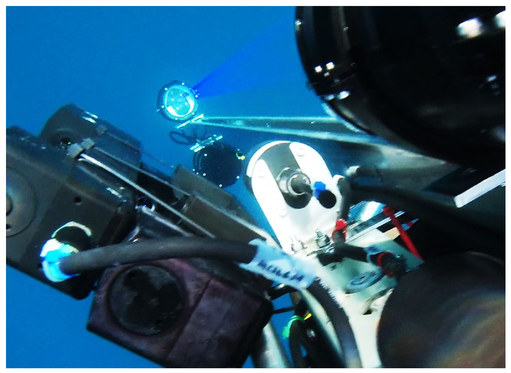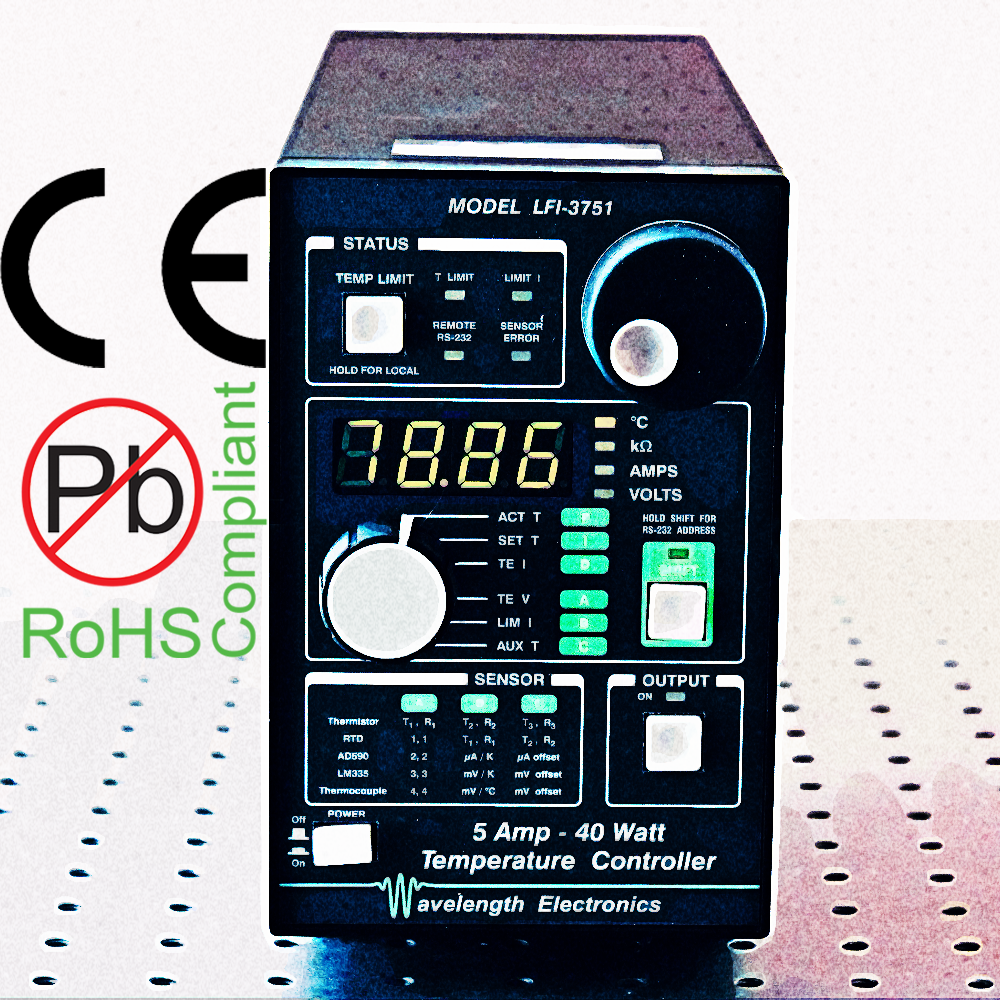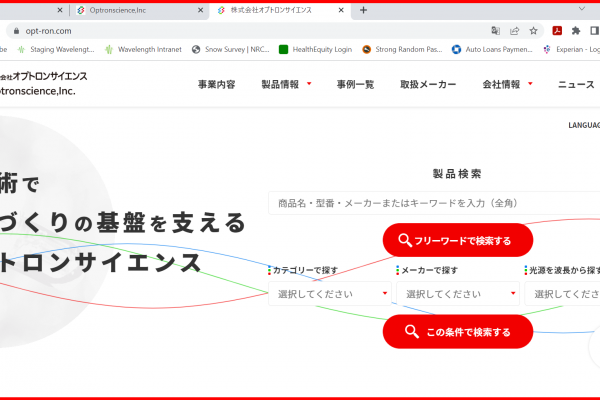
CASE STUDY: Deployable Scintillometer for Ocean Turbulence Using Superluminescent LED
The use of imaging and free-space optical communication is increasing in underwater applications. Optical communication and inspection of piers, pilings, or ship berthing areas requires overcoming the constantly changing characteristics of the water, especially in the ocean. Researchers from the Naval Information Warfare Center Pacific (U.S.) and the University of Central Florida have designed and developed new algorithms and a portable scintillometer to characterize ocean turbulence for imaging and free-space optical communication applications. Suspended particulates scatter light and organic material absorbs light in the ocean, but ocean turbulence can limit resolution of imaging due to temperature gradients (thermocline) or salinity. As turbulence is not constant in relation to water depth, a real-time characterization of turbulence conditions is needed. With this design, the refractive-index structure parameter (Cn2) and the inner scale of optical turbulence (ℓ0) were measured at 1.9 x 10-11 m-2/3 to 2.3 x 10-10 m-2/3 and 0.1 to 0.3 mm, respectively, correlating to measured thermocline parameters.
A superluminescent light emitting diode (SLED) served as the scintillometer source for optical ocean turbulence characterization in place of the commonly used laser diode. The SLED still requires stable current and temperature control in the portable design. Wavelength Electronics’ LDTC1020 laser diode and temperature controller provided the closed-loop control of the SLED’s drive current and temperature with minimal noise and high temperature accuracy. The LDTC1020 aided in the small footprint and mass required for the portable system.
Subscribe to our newsletter for tips, techniques & product updates.
CE/RoHS Compliance is Coming for the LFI3751
We are pleased to announce upgrades to the popular LFI3751 temperature controller for CE certification and RoHS compliance. The internal power supply will receive an update that removes the need to select the appropriate voltage depending on the AC power. This will simplify system setup as well as ease-of-use to powering on the LFI. For more information on the LFI3751 temperature controller, click here: http://teamwavelength.com/product/lfi3751-5a-analog-temperature-control-instrument/.
These upgrades will also increase compliance voltage from 8V to 10V, providing more power with high resistance loads.
CE certification will ensure conformity with health, safety, and environmental protection standards. Click the link below for more information on Wavelength Electronics’ products that are CE certified and RoHS compliant.
http://teamwavelength.com/support/regulatory-compliance-documentation/ce-compliance/
CASE STUDY: Rapid Transitions of Thermo-Responsive Polymer Networks
There are key uses for responsive polymers today, including: drug delivery, switchable biocompatible coatings, and advanced biointerfaces in bioanalytical devices. To use thermo-responsive polymers in real-world applications, they must be exploited as polymer brushes or polymer networks forming hydrogels or microgels after swelling with water. Thermo-responsive polymer networks have many different external parameters that affect the response speeds of the collapsing and swelling states. With a plasmonic heating technique that optically excites localized surface plasmon (LSP) modes on the surface of Au nanoparticles, the temperature of the polymer hydrogel layer can be precisely controlled with respect to the ambient bulk temperature.
While the main focus was on plasmonic heating of the polymer network, the effect of the ambient bulk temperature on the sample was critical to the speed and timing of the thermo-response. To control this temperature, researchers used Wavelength Electronics’ LFI-3751 temperature controller to operate a Peltier device attached to the flow cell and substrate with the nanoparticle and polymer hydrogel layer. The high performance and high precision LFI-3751 temperature controller ensured constant and stable temperature of the polymer networks as ambient bulk temperature was found to be a critical variable in response speed of the collapsing or swelling thermo-responsive polymer network.
Distributor Spotlight: Optron Science, Inc.
“Optron Science has been an official distributor since January 2017, however, our cooperation and connection dates to April 2010 with Indeco where I first met Nori Aoyagi. Nori has always impressed me with his customer service and environmental concern. Also dealing with Yoshi and Michio the past few years, I’ve learned they share the same concerns and work to help their customers reach their goals.
As they say on their website, “Optron Science Supporting Foundation of Manufacturing with Optical Technology”. Their range is impressive from Optical components and equipment to electronics, software and OEM prototype and design.”
-Joe McDonald, International Sales & Applications Manager
We invite you to contribute topic suggestions, questions, and general feedback. Wavelength will incorporate as much reader input as possible.
Click to Submit





